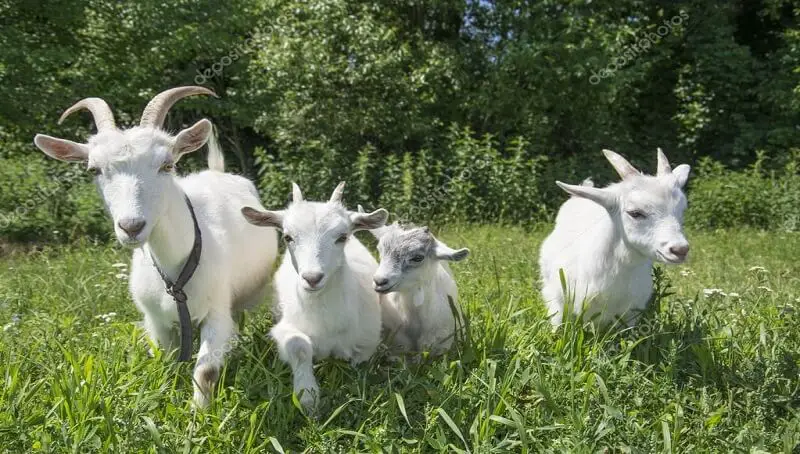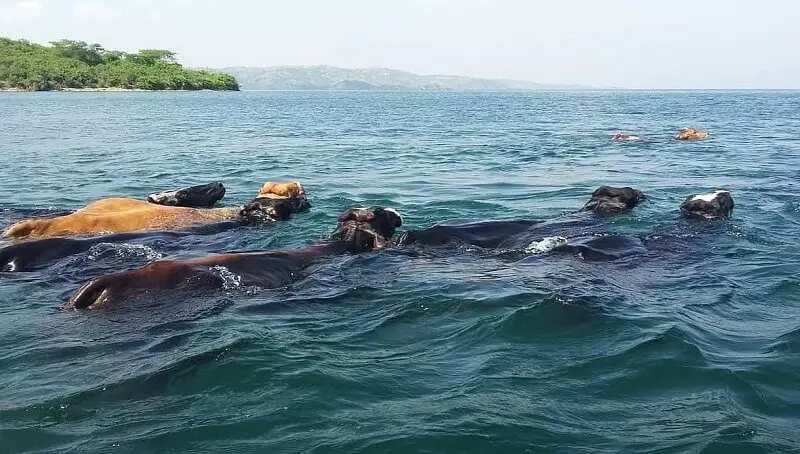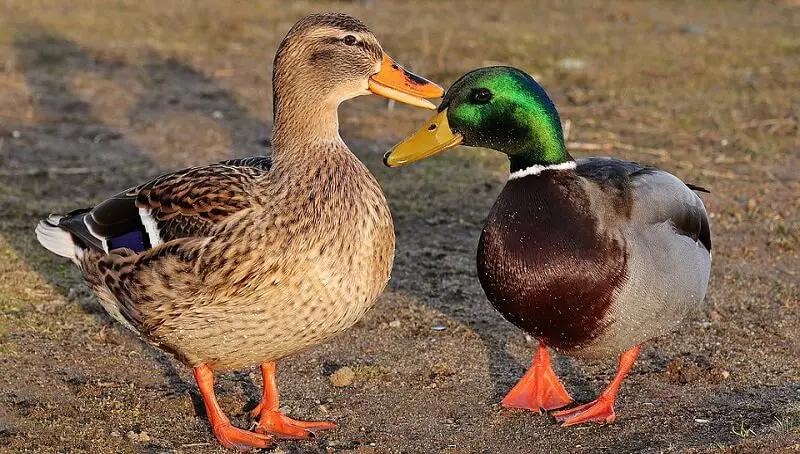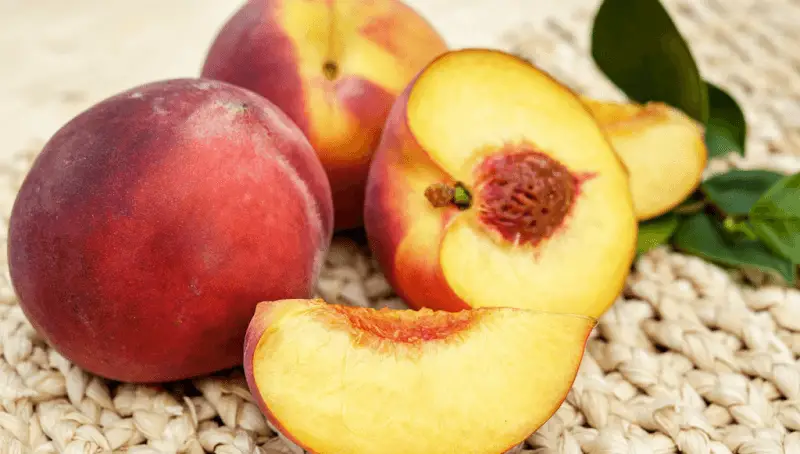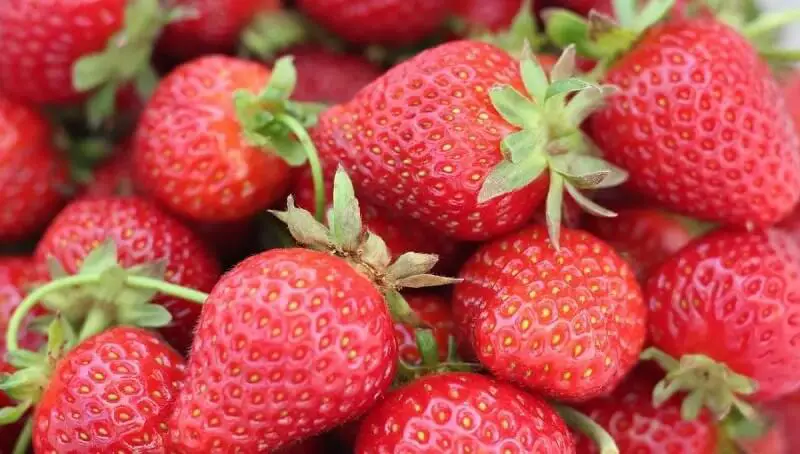Highlights:
-
Goats are agile, herbivorous ruminants known for their jumping and climbing abilities. They have a distinctive physical appearance, including arched horns, split hooves, and a short tail that points upwards.
-
They possess a varied diet, consuming 2-3 kg of dry food or 10 kg of green feed daily. Goats require clean food and water and quickly grow tired of monotonous diets, necessitating a mix of vegetables, grains, and hay.
-
Proper care and nutrition are critical for goats’ health and productivity, affecting their milk, meat, offspring, and wool output. The well-being of goats also influences their production potential throughout their lives.
-
Goats can live 8 to 12 years on average, with some breeds reaching up to 20 years under optimal conditions. The economic lifespan for production purposes is about 7 years, though proper care can extend a goat’s life significantly.
- The climatic conditions of their habitat also play a crucial role in determining goats’ lifespan. Optimal conditions include temperatures between +13°C to +21°C and a relative air humidity of 60-70%.
-
Goat longevity varies with their purpose: milk-producing goats can live 16-18 years, meat goats 8-12 years (though they are often sacrificed earlier), and wool-producing goats see a peak in productivity until around 3-4 years of age, followed by a stable period until 7 years.
-
Goats’ ages can be determined by examining their teeth. Adult goats have 32 teeth, and the condition and replacement of their 8 incisors over time serve as an indicator of age.
The goat is a ruminant herbivorous mammal, small, slender, tall, with fine limbs, and arched horns, very agile, and with acrobat skills for jumping and climbing. Like any ruminant, its stomach has 4 rooms. The legs end with hooves, which are split in two. The tail is short and pointed up, covered with hair on the top. The coat consists of hair and fluff, of different lengths and thicknesses. It can be white, gray, black, brown, or spotted.
It eats 2-3 kg of dry food or 10 kg of green feed, but it is a very demanding animal. They get fed up very quickly with only one kind of feed, and for this reason, they need a varied diet: vegetables, grains, and hay. If the food or water is not clean, the goat won’t touch it.
When keeping goats in households or production farms, it is very important to know the rules of care and nutrition. These factors influence not only the animal’s health but also the production. So here I am talking both about the current volume of production of milk, meat, offspring, and wool and about the production potential throughout their lives.
Next, I will go over how long a goat can live and how many years it will be able to offer its owner its production. I will also talk about ways in which you can determine the age of goats when buying them from other breeders.
How many years can a goat live?
There are many factors that can influence this aspect:
- Breed;
- The quality of the maintenance conditions;
- Exploitation conditions;
- Content and balance of rations;
- Medical care;
- Climatic conditions in the area where they live and so on.
On average, a goat can live 8 to 12 years. However, they sometimes meet longevity, which reaches the record of up to 20 years.
The economic longevity or the optimal period of exploitation for production is around 7 years.
The farmers themselves say that when the goat is properly cared for, a comfortable room is provided, a balanced diet with quality feed is followed, and the veterinarian is regularly invited for routine checks and vaccinations, a local breed can live up to 15 years.
But, for example, goats of the famous Angora wool breed, live on average 9 to 12 years, even when decent conditions of food and maintenance are ensured.
A special influence on the life of goats is the climatic conditions of the living area. The optimal temperature for goats is considered to be included in the diapason +13C to +21C, and the relative humidity of the air – 60-70%. As a result, animals in the southern areas only live in the environment for 8-9 years, while their northern relatives reach the age of 12-15. However, the life span is reduced to excessive humidity, regardless of temperature.
You might also like my articles about:
How many years does a goat live depending on its production?
Goats for milk production
Reproductory maturity in goats is reached at the age of 12-14 months. In reproduction, they are introduced at 14-18 months. Gestation lasts an average of 150 days. Early mating can cause cysts, mastitis, complications in offspring, and other health problems that lead to premature aging of the animal.
In milk goats, the capacity of lactation increases on average until the age of 5, after which it remains constant for 1-2 years. At the age of 7, as a rule, the health of the digestive tract worsens, deteriorates and teeth begin to fall out. Food consumption is influenced and milk volume decreases. Under favorable conditions, lactation capacity can be kept in favorable norms for up to 12 years. There are cases when milk production in goats persisted until the age of 18 years.
The average life span of goats for milk production is 16-18 years. Males for breeding live less. They achieve maximum physiological activity at the age of 4-6.
When providing favorable maintenance conditions, the volume of life lactation can reach 12,000 kg per goat.
Goats for meat production
 The lifespan of goats of meat breeds can reach 8-12 years, sometimes 15 years. But a longer lifespan can be met only in the ones kept for breeding. That’s because meat goats are sacrificed at the age of 18-24 months, as later, the meat of fattened animals is less healthy.
The lifespan of goats of meat breeds can reach 8-12 years, sometimes 15 years. But a longer lifespan can be met only in the ones kept for breeding. That’s because meat goats are sacrificed at the age of 18-24 months, as later, the meat of fattened animals is less healthy.
When growing youth for young meat, the optimal age for sacrificing them is 6 to 8 months. This meat is considered a delight.
By the way, goat meat has curative effects and is indicated in patients with gastric disorders. It has a low-calorie ratio and high by microelements, it tastes fine and delicate.
Goats for wool production
In the goat breeds for wool production, age also manifests its effect. The quality and quantity of wool and fluff are directly related to the years lived. Productivity increases until the age of 3-4. Then there is a stable period until the age of 7, and from there is a decrease in productivity.
The same reason is related to the functioning of the digestive system, and the assimilation of nutrients, which influence the structure of the wool.
There are exceptions here too, cases when you can get an even later increased volume of wool, but it will not be as elastic as in young animals.
When maintaining favorable maintenance conditions, wool production over life can reach 8 kg in a single goat.
How do you determine the age of a goat?
A very simple method is to examine the teeth. Adult goats have 32 teeth: 8 incisors, 12 premolars, and 12 molars. The top, the maxilla, comprises 6 molars and 6 premolars, 3 each on both sides. The lower part, the mandible, is similar, but it also has incisors in front. The anterior part of the jaw is free of incisive teeth, instead showing a hard plaque.
Age is determined by the condition of these 8 incisors. At the age of 4, the incisors of milk are completely replaced by permanent ones. Their differentiation is made by appearance: the permanent ones are larger, wider, with a yellow hue, compared to the white color of the milk ones.
- By the age of one year, young goats have milk teeth.
- At 12-18 months, the first pair of incisors is changed, the middle one.
- At 2 years old, the second pair changes consecutively from the middle to the side. The first pair already shows signs of use.
- At 3 years old the third pair changes and the second and third pairs have signs of bluntness.
- At 4 years old the last pair of incisors changes, the remaining three pairs are already dull to some extent.
- At 5 years of age, all incisors are permanent and blunted.
- At 6 years old, interdental cracks begin to appear.
- At 7 years the interdental spaces are significant, and the blunting of the incisors is increasing.
- After 8 years the incisors are strongly blunted, they wobble, and they can even fall.
- Another method is to examine the wool, which after the age of 7 it’s less qualitative and loses its gloss.
Facts!
Goat milk is composed of potassium, calcium, magnesium, cobalt, phosphorus, and vitamins A, B1, B2, and C.
Goat milk, thanks to the highly diversified feed of the goat, is a milk rich in mineral salts and prevents anemia and bone demineralization.
A goat produces 10-20 times more milk than its own weight, reaching a maximum of 750 l, within 270 days.
Male goats emit a stinging smell during the route, the mating season, which happens in autumn.
Goats can also drink 10 liters of water a day.
